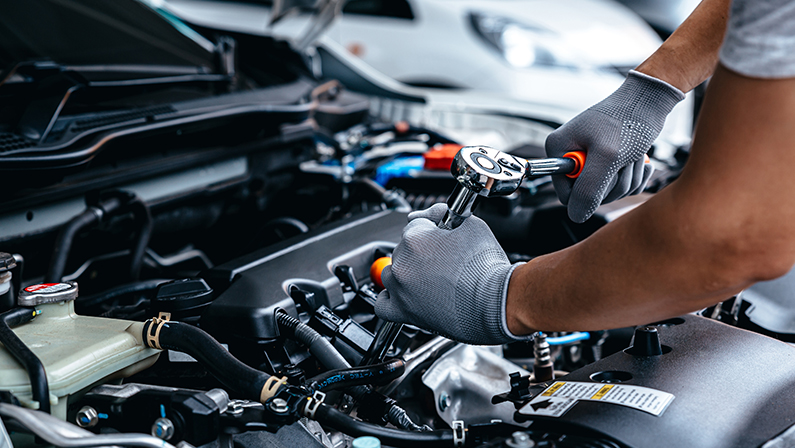
Introduction
Do you love getting your hands dirty and solving mechanical puzzles? DIY 4-cylinder engine might be the perfect challenge for you. While it can seem intimidating at first, with the right tools, knowledge, and a little patience, even beginners can tackle basic engine issues and save money in the process. In this post, we’ll explore practical tips, must-know tricks, and safety guidelines to help you become confident in repairing your engine at home.
Why Try DIY Engine Repair?
Learning how to repair your own engine doesn’t just save you money—it also gives you a deeper understanding of your vehicle. Here are some solid reasons to dive into the world of DIY mechanics:
- Cost savings: Skip expensive labor costs.
- Confidence: Understand what’s happening under your hood.
- Emergency readiness: Be prepared when your engine acts up unexpectedly.
- Skill building: Develop valuable mechanical skills that last a lifetime.
Must-Have Tools for DIY Engine Work
Before diving into your first repair job, it’s important to have the right tools on hand. Here’s a quick checklist:
- Socket wrench set
- Screwdrivers (flathead and Phillips)
- Torque wrench
- OBD-II scanner (for checking error codes)
- Jack and jack stands
- Oil drain pan
- Engine hoist (for more advanced work)
Tip: Invest in a quality set of tools. Cheaper tools can break under pressure—and possibly cause injury or damage to your engine.
Common DIY Engine Repairs You Can Try
1. Oil Changes
One of the easiest and most essential forms of engine repair, changing your oil regularly can extend your engine’s life dramatically.
- Let the engine cool down
- Remove the oil drain plug and drain old oil
- Replace the oil filter
- Refill with the correct grade of motor oil
Pro tip: Always dispose of used oil properly—your local auto shop may offer recycling services.
2. Replacing Spark Plugs
Old or fouled spark plugs can cause poor performance, rough idling, or engine misfires.
- Locate the spark plug wires
- Use a spark plug socket to remove the old plugs
- Check the gap on the new spark plugs (use a gap gauge)
- Screw in the new plugs and reconnect wires
Important: Don’t overtighten—this can damage the threads or break the plug.
3. Air Filter Replacement
A clogged air filter reduces engine efficiency and fuel economy.
- Locate the air filter housing
- Open the cover and remove the old filter
- Clean any debris inside
- Insert the new filter and close the cover
Replace every 12,000–15,000 miles for optimal performance.
Troubleshooting Engine Problems
When something goes wrong with your engine, use a process of elimination to narrow down the cause.
Check the Basics First:
- Battery: Dead or weak?
- Fuel: Is there gas in the tank?
- Starter: Does the engine crank but not start?
- Check engine light: Use an OBD-II scanner to pull diagnostic codes.
Listen for Clues:
- Clicking: Battery or starter issue
- Squealing: Belt problems
- Knocking: Possible internal engine wear or detonation
Safety Tips for DIY Engine Repair
Working on your engine involves risk—be smart and stay safe:
- Always disconnect the battery before working on electrical parts.
- Use jack stands—never rely on a jack alone.
- Wear eye protection and gloves.
- Let the engine cool down completely before touching it.
- Keep your workspace clean and well-lit.
When to Call a Professional
Some engine repairs are better left to the pros:
- Timing belt/chain replacements
- Head gasket repair
- Internal engine rebuilds
- Advanced diagnostics involving multiple sensors
If a repair feels beyond your skill level, don’t hesitate to get help. Attempting complex repairs without experience can lead to more damage—or injury.
Final Tips and Tricks for Success
- Take photos as you disassemble parts—this helps during reassembly.
- Label your bolts and parts using ziplock bags and masking tape.
- Use a repair manual specific to your vehicle (Haynes or Chilton manuals are great).
- Watch video tutorials on YouTube from reputable mechanics.
Conclusion: Start Small, Grow Big
Engine repair doesn’t have to be overwhelming. With a bit of patience and the right approach, you can take on many basic repairs yourself and save big while learning valuable skills. Start with small jobs like oil changes and air filters, and build your confidence from there.